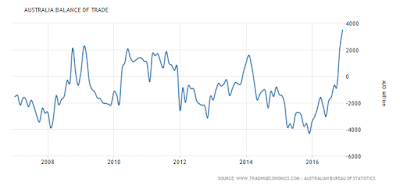Australia has a strong labour movement and was the first country to establish the 'eight hour day', five days a week as standard. They guard their free time jealously and so a system of paying penalty rates to whoever works at certain times has grown up. A particularly difficult area is Sunday trading where many workers earn 'double time', including casual staff who might only work on Sunday.
Now the Australian Fair Work Commission have concluded an enquiry and recommended that the rates be reduced.
There are several points to be made on each side of the debate.
- Penalty rates allow low paid workers to boost their pay to a level where they can earn a reasonable living wage. Therefore reducing penalty rates may reduce equity in Australia.
- Also penalty rates provide the incentive to workers to supply additional hours of work. When the incentive is removed then the capacity of the Australian economy will be reduced (affecting Aggregate Supply).
- Against these points must be set the higher costs penalty rates impose on businesses. these will now be reduced and consumers may benefit through lower prices and improved supply. The labour market will become more flexible and Australian competitiveness will be improved.
This measure is a supply-side policy that aims to lower costs and improve long-run growth.
This story is directly relevant to VCE students and represents an excellent example of Australian Supply-side policy. IB students can equally use it as an example.





